Sound – Intro
DCA is recommending 50 to 100h of burn in for the Corina, before settling down with its final tuning. For this review I have played music on the Corina for several hundreds of hours.
This is how DCA describes Corina’s sound:
Building on our award-winning VOCE headphones, CORINA delivers numerous sonic, technical, and ergonomic enhancements to create a wonderfully detailed yet sumptuous and inviting musical experience. CORINA delivers all the resolution electrostatic headphone fans crave, with a bottom end and tone worthy of the finest planar headphones. Corina’s new tuning offers a weightier and more percussive bottom end, with a wider and deeper soundstage, a stronger bottom end, and a smoother, richer midrange. Corina delivers a fun yet lifelike tone, sumptuous vocals, and bass that really kicks. Unlike many electrostatics, Corina is even fun with electronica and rock.
We don’t always agree with how the marketing departments describe the sound of their headphones, but in this case I have to say they got it quite right.
Sound – General
To listen to the DCA Corina we have used 3 different amplifiers: the AudioValve Solaris, the Hifiman Shangri-La Jr. and the Hifiman Jade II amplifier. The Musician Audio Aquarius was the DAC used, streaming music from my laptop over USB (Chord cable), and that from Tidal as well as my own library.
The Corina isn’t the typical high-end electrostatic headphone when it comes to tuning. Of course the Corina still is a fast and very precise headphone with excellent separation and overall technical abilities, but it also is a an easy to listen to headphone with a highly musical tuning and lovely mid-bass and mids weight.
As it is an electrostat, we do get the high resolution, excellent PRaT and precision, but the Corina doesn’t overly focus on it all the time. Corina is keeping a high technical level at all times (think resolution, note extension and decay) but it is also putting musicality and enjoyability on the same level. As expected, the sound stage is excellent and this especially in the width. Corina has a natural, airy and spacious presentation and especially the mids are impressive here. Depth and layering are good but there is room for improvement on this level. You do however get an immersive, all-around-you kind of sound and that’s always a nice experience.
What I also love about the Corina is the warmer and softer, smoother delivery. Those together with the Corina’s unique electrostat weight and body really make it an enjoyable, musical and engaging headphone. So yes, the Corina is a fuller sounding electrostatic headphone that is nicely bodied from top to bottom. I find it’s tuning to be coherent and balanced, except for the upper treble section as you can also see in the FR curve.
The DCA Corina has a natural, lively and rich presentation which is easier to listen to, no matter the musical genre. Especially the mid timbre is very impressive and addictive.
Sound – Classics
For an electrostat headphone the Corina does have added weight in the mid-bas and whole midrange area. The focus is clearly on these sections, while delivering a softer treble experience which is rather forgiving and easy on the ears. All-in-all it’s a very musical, smooth headphone that is easy to enjoy. If you find the typical electro sound to sharp thin, and energetic, the Corina will be your best headphone buddy.
Especially the mid-section is where the Corina really shines, the mid timbre is very impressive and addictive. Mids are weighty, yet natural and they are presented in a spacious and airy way. Vocals are energetic and not too much to the front, keeping everything realistic in the presentation. The bass and mid section are ear-pleasing, addictive and musical while retaining the high technical level you expect from this driver technology.
The sub-bass presentation is a bit lighter here but all-in -all I don’t feel it is lacking. However if this is important for your type of music, it’s something to take into account. The upper treble part is rather wavy in its decay, but it does translate it an easier and softer treble presentation. It really does fit in well with the overall Corina tuning, but if the typical high energy presentation of electrostat speakers is something you like, you will not find it here.
Amplification wise I have continuously switched between the Solaris and the Shangri-La Jr., though I would say the synergy with the Hifiman amplifier is the best to my ears. The tube rich character and presentation of the Hifiman amp really suits Corina’s fuller, smoother and musical tuning. This is less so the case with the Solaris where the tube warmth isn’t as present. The Shangri-La Jr. also makes the Corina sound more dynamic and fast, where the Solaris slows it down a bit. I haven’t experienced any sibilance with any of the tube amplifiers I tried the Corina with, and that’s not something that can easily be said for a lot of electrostatic headphones. If you want to spice up the Corina to sound more like a typical electrostatic headphone (if possible), I would recommend using a solid state amplifier
I really love the way the Corina mixes the good things of electrostats with the fulness and musical tuning DCA has added to it. The mids section is exemplary.
Sound – Comparisons
For this comparison part we have used the Shangri-la Jr as the amplifier as it has two headphone outputs, making it easy to switch between headphones. The R2R Aquarius still is the DAC of choice.
One of Corina’s biggest competitors of course is Hifiman’s Shangri-La Jr. This Hifiman setup is selling for an impressive $8k, though you do get the amplifier with it. The headphone alone sets you back 4$k USD.
The Hifiman is lighter in weight and that is noticeable when using it. I do feel the headband system of the Corina does an excellent job, but it is a heavier headphone. Design wise these headphones are also very different, but I like both. The headband system and Corina pads are the better ones though. Comfort wise both headphones score well with good weight distribution, acceptable clamping force and soft ear cushions.
Sound wise the Hifiman aims more at the classic electrostatic tuning with ultimate speed, detail and energy. With that comes a more typical treble focus as well, and there is more sibilance here, even on tube amps. The Corina is not as airy and ultimate in resolution or as focused on the treble, but it is softer, fuller, more musical. It less so has typical high end ortho tuning. The Hifiman really has the typical ortho tuning with a high level of clarity, lighter notes, top level precision, high PRaT and top end focus. The Hifiman is musical in its own way and it still is an excellent headphone.
Personally I prefer the vocal presentation, spaciousness and extension of the Hifiman, but I like the weight, smoothness and top end without that sharper “s” of the Corina.
Hifiman’s JADE II headphone has an even different design and it is a much bigger headphone. At the same time it is the lightest of the three. It’s a comfy headphone as it has very big ear cups but the headband system here isn’t the best for me. It’s less comfy and the clamping force compared to the other 2 headphones, doesn’t feel right. You can also clearly see the build quality is not of the same level, but that’s perfectly normal for this selling price as well.
It’s immediately clear that the JADE II technical plays at a much lower level as the Corina. It also misses the clarity, spaciousness, extension, musicality, energy and dynamism of Corina. The JADE II is a nice entry level electrostatic headphone and it is enjoyable and also somewhat smoother in its presentation, but it can’t compete with the Corina or Shangri-la Jr. however. At the same time there’s no shame in that as it’s playing at a much lower price point ($1,700 for the amp and headphone).
It’s a shame that Audeze never sent me their CRBN headphone, as that would have been an excellent contender and headphone to add to this comparison part. If I ever do get hold of one, I will of course compare it to the Corina in its review.
Conclusion
To me the DCA Corina is one of the most musical, engaging and natural sounding electrostatic headphones I have had the pleasure to listen to. I absolute love the weight and fullness it shows from top to bottom and the musical and softer presentation really make this headphone work for all types of music.
The Corina is close to the Harman target curve, except for the sub bass range where it is a bit lighter in presence. It also from the 5k region up rolls off more in a peaky way compared to the Harman curve, but it doesn’t sound weird or unnatural to me.
I have been really enjoying the Corina, especially with the Hifiman Shangri-La Jr. headphone amplifier and it is a setup I easily recommend for audiophiles who want to get into the world of electrostatic headphones but without having to give up the pure musical enjoyment and natural, more weighty presentation.
The DCA Corina doesn’t come cheap but pure from a performance and tuning perspective, it is very easy for me to give it our Recommended Buy Award. The Corina is now added to our list of Best Headphones, where it is in very good company.
Summary
Pros:
- Weight and body
- Musical and soft
- Technical level
- Mids section is extremely good
Cons:
- Price
- Accessories
- Good amplification needed (I recommend tubes)





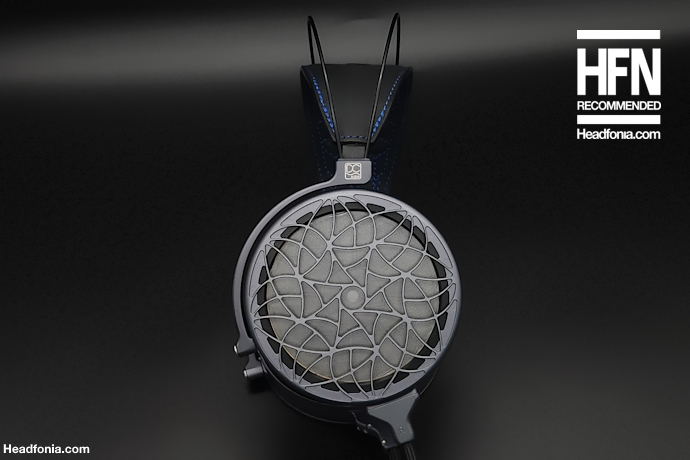
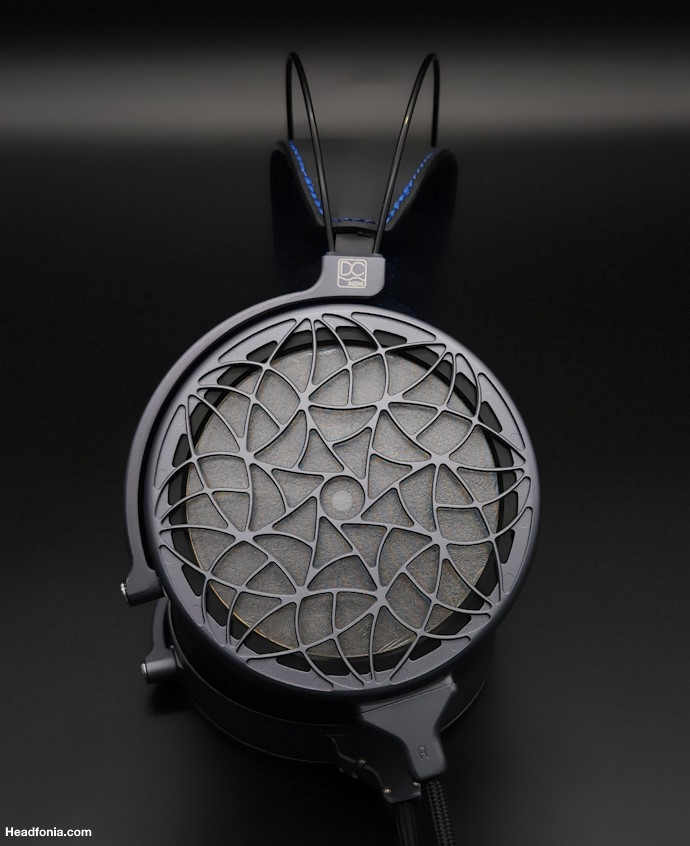
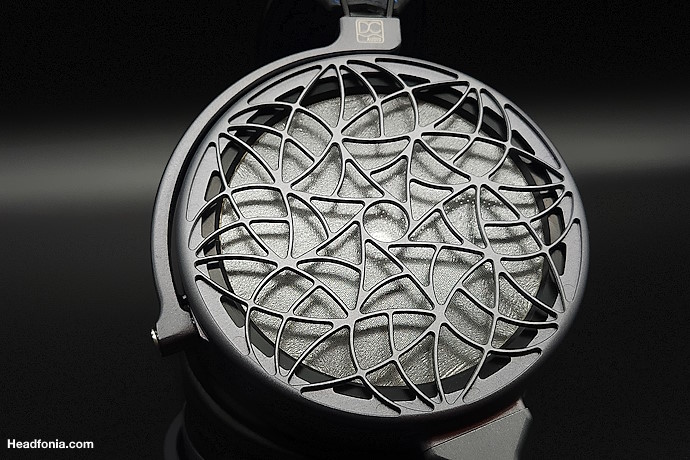
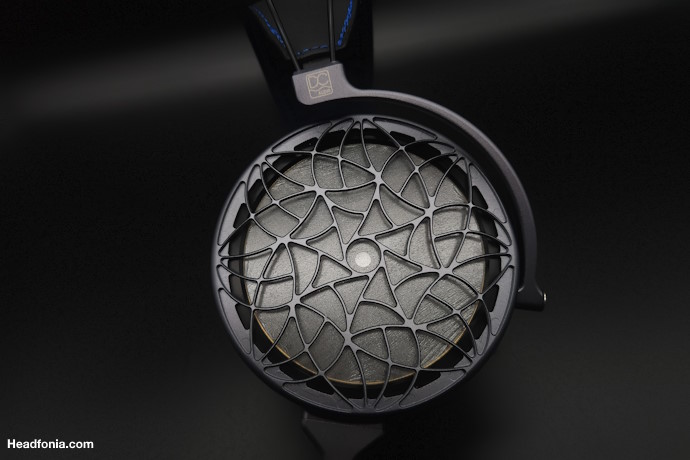
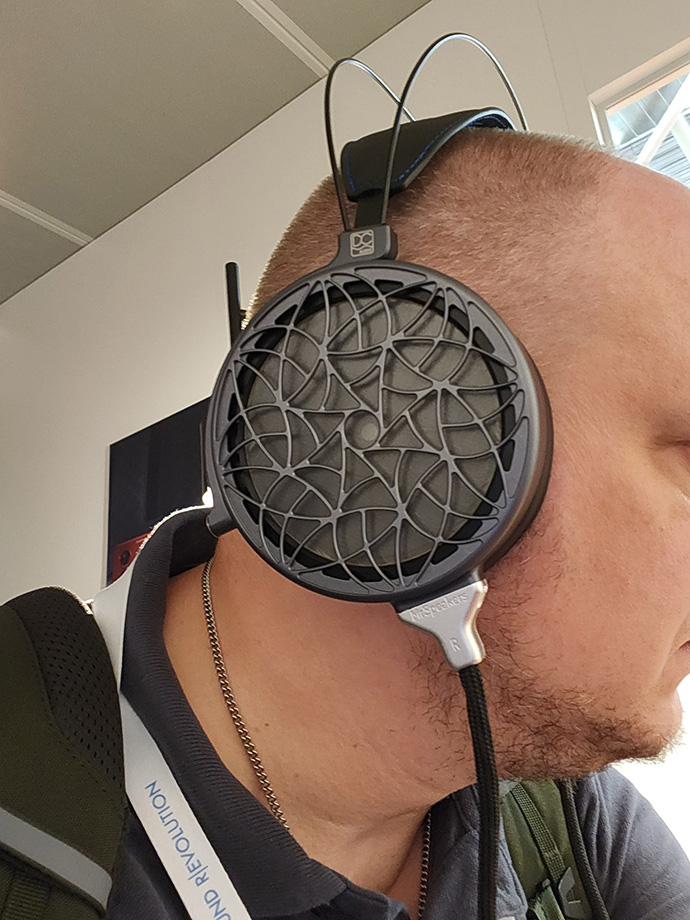

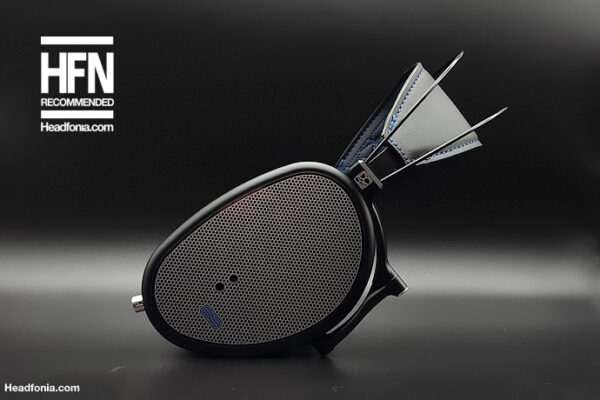
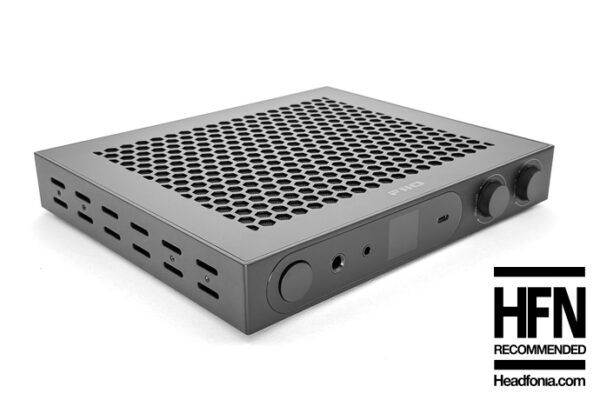
lowlou
I wish you would post the FR graph you refer to in the article. Thanks for the review !